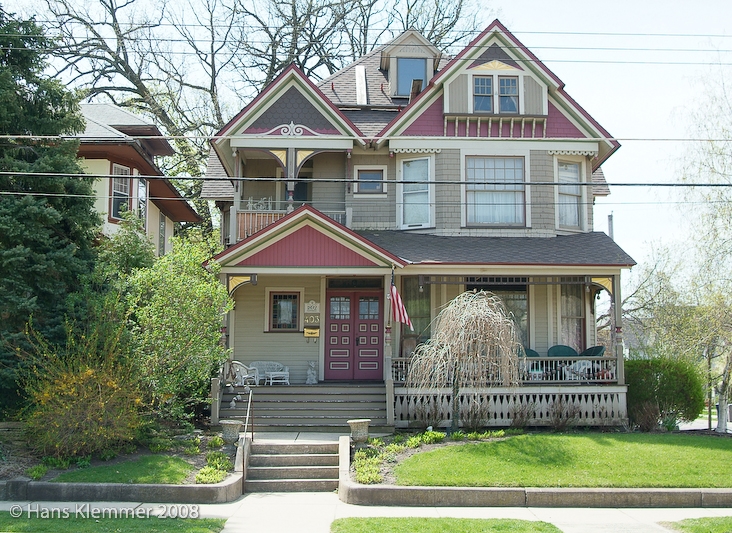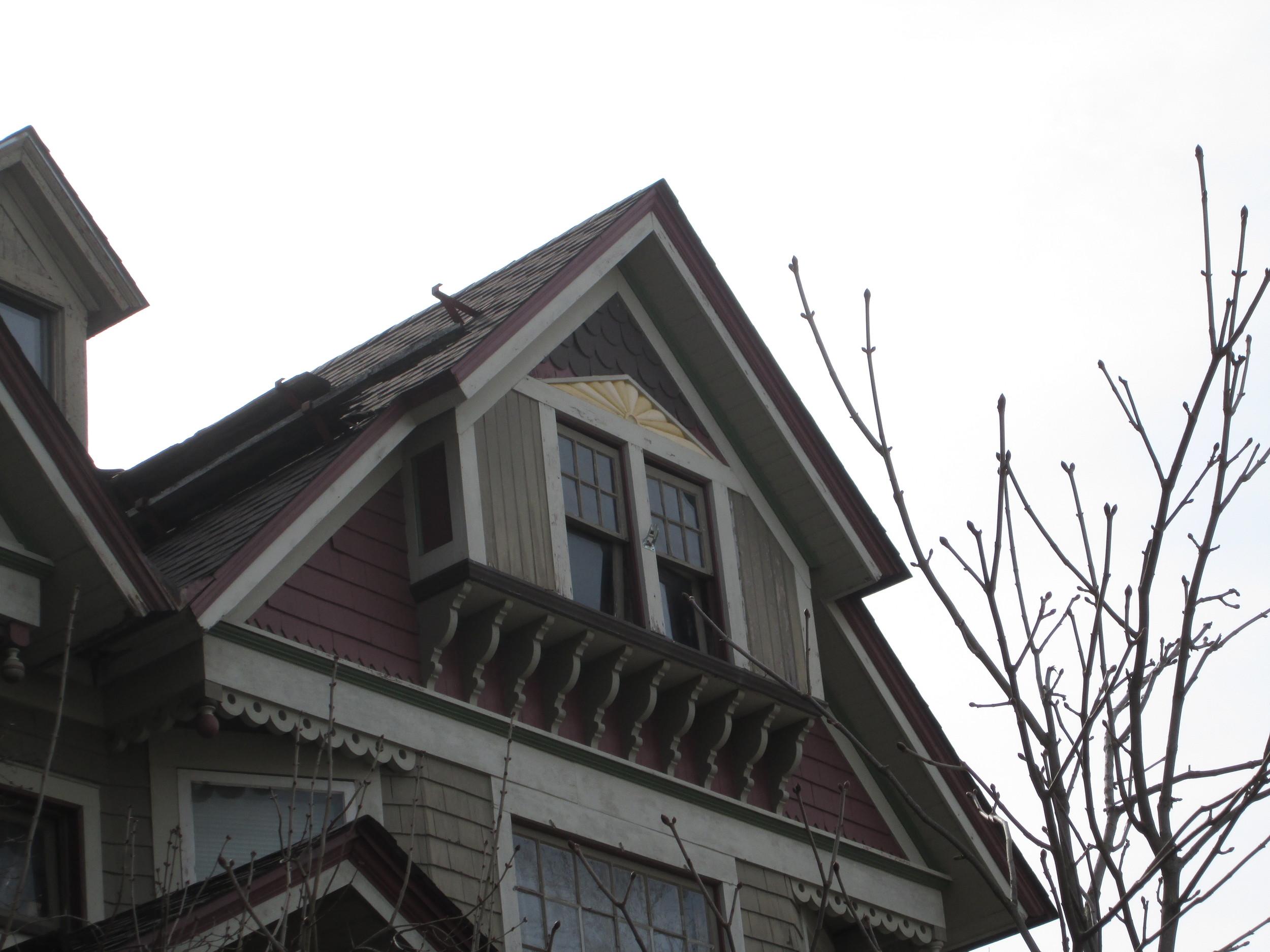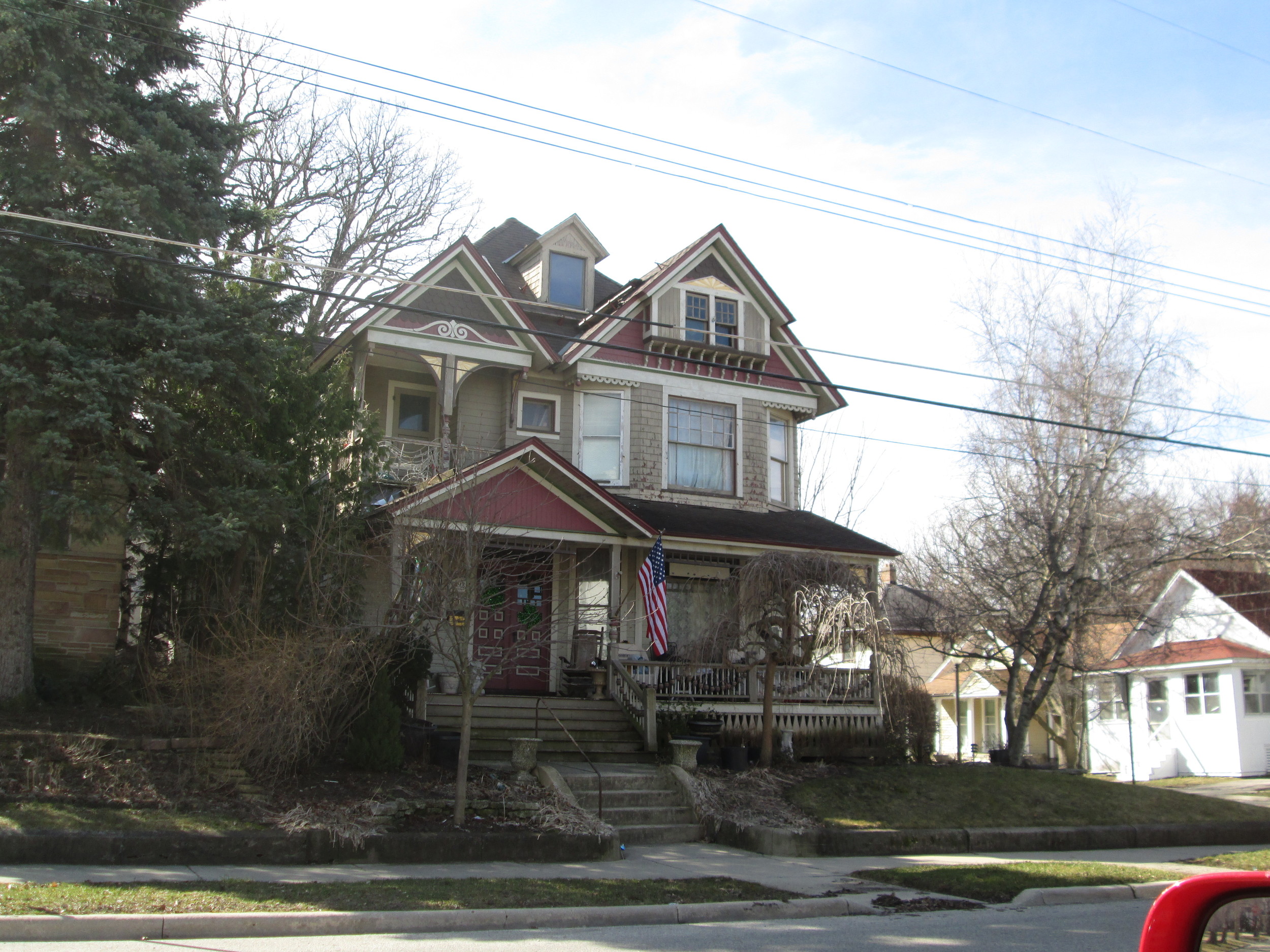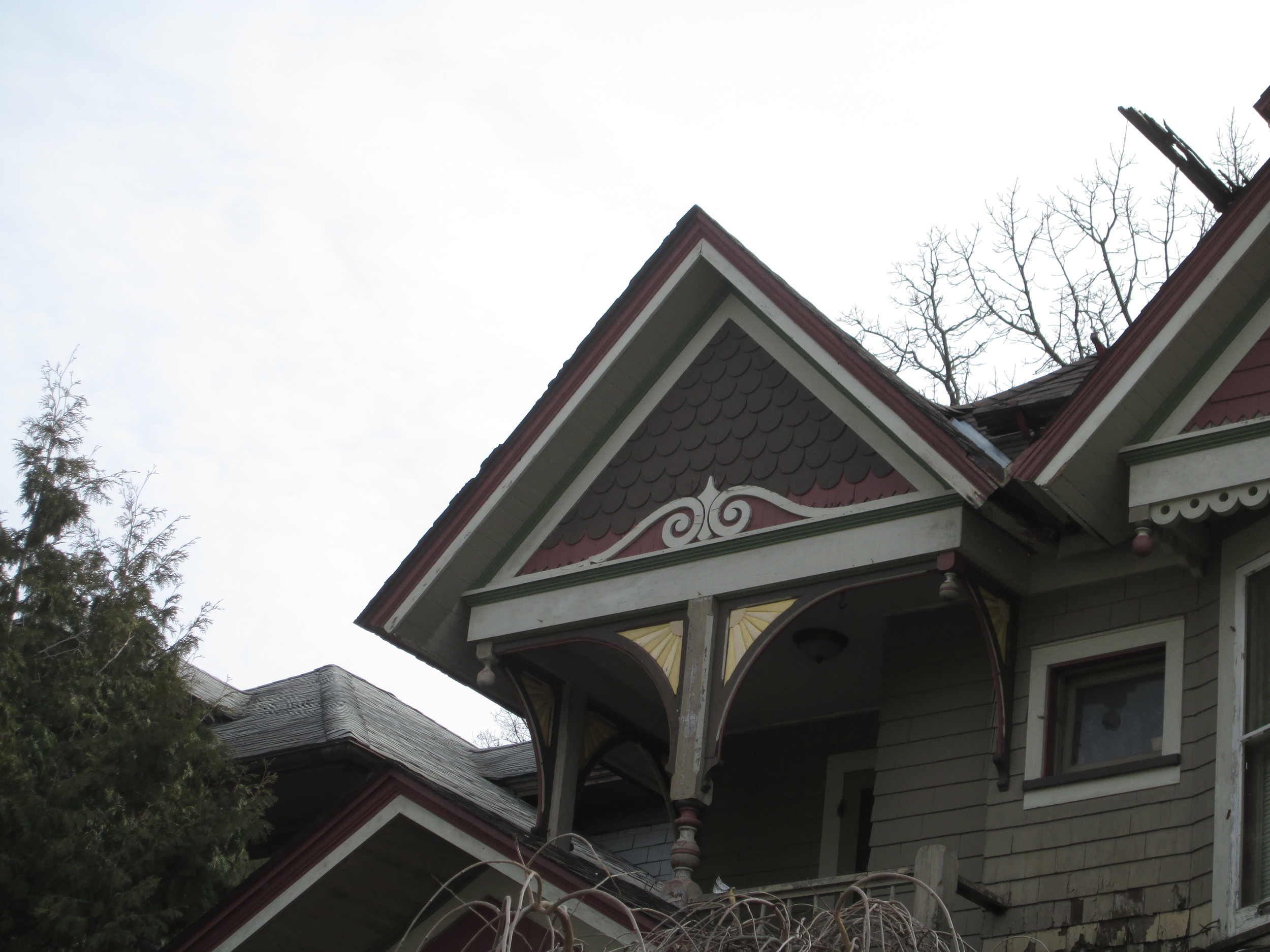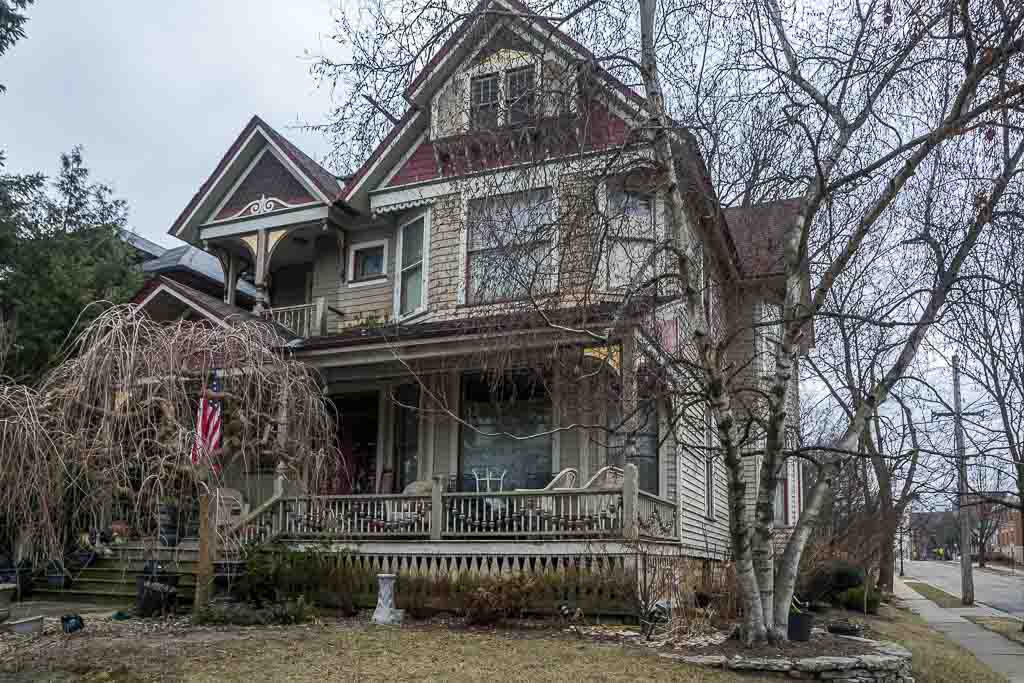403 DIVISION STREET
HISTORIC SIGNIFICANCE
403 Division was built in 1892 as a parsonage for the First Congregational Church. Reverend Joseph H. Selden and his wife, Mary, were the first to live here. Joseph led the church for eight years until he accepted another position in Greenwich, Connecticut in 1900. Reverend John J. Welsh superseded Joseph and was the pastor during the infamous Palm Sunday tornado that struck the church in March of 1920. Many worshipers were gone at the time of the disasters, however, two women and a young girl were unfortunately buried in the debris when the twister hit the church. Shortly thereafter, the Reverend Alfred J. Barnard and his wife, Mary, were the next residents of the parsonage. They sold the property in 1927 when it was subdivided into two apartments. The home was then subdivided into five small apartments during the Depression and later into seven apartments. In 1990, the home was restored and returned back to a single family residence.
ARCHITECTURAL SIGNIFICANCE
403 Division is an interesting late Victorian residence with a blending of Eastlake and Queen Anne detailing. Eastlake details on the home include sunburst motifs and turned spindle work found at the first floor and second floor porches. A majority of the detailing suggests the Queen Anne style such as a variety of wall surfaces including clapboard, butt shingles, fish scale shingles and diamond shingles; the roof overhang is cantilevered; dormer and variety of roofs are visible; and the second story bay has truncated corners. To note, the entry doors are original to the house and were found in the basement.
TIMELINE OF PREVIOUS OWNERS
Sources: 1991 Heritage Plaque Application; Audio: TextAloud

